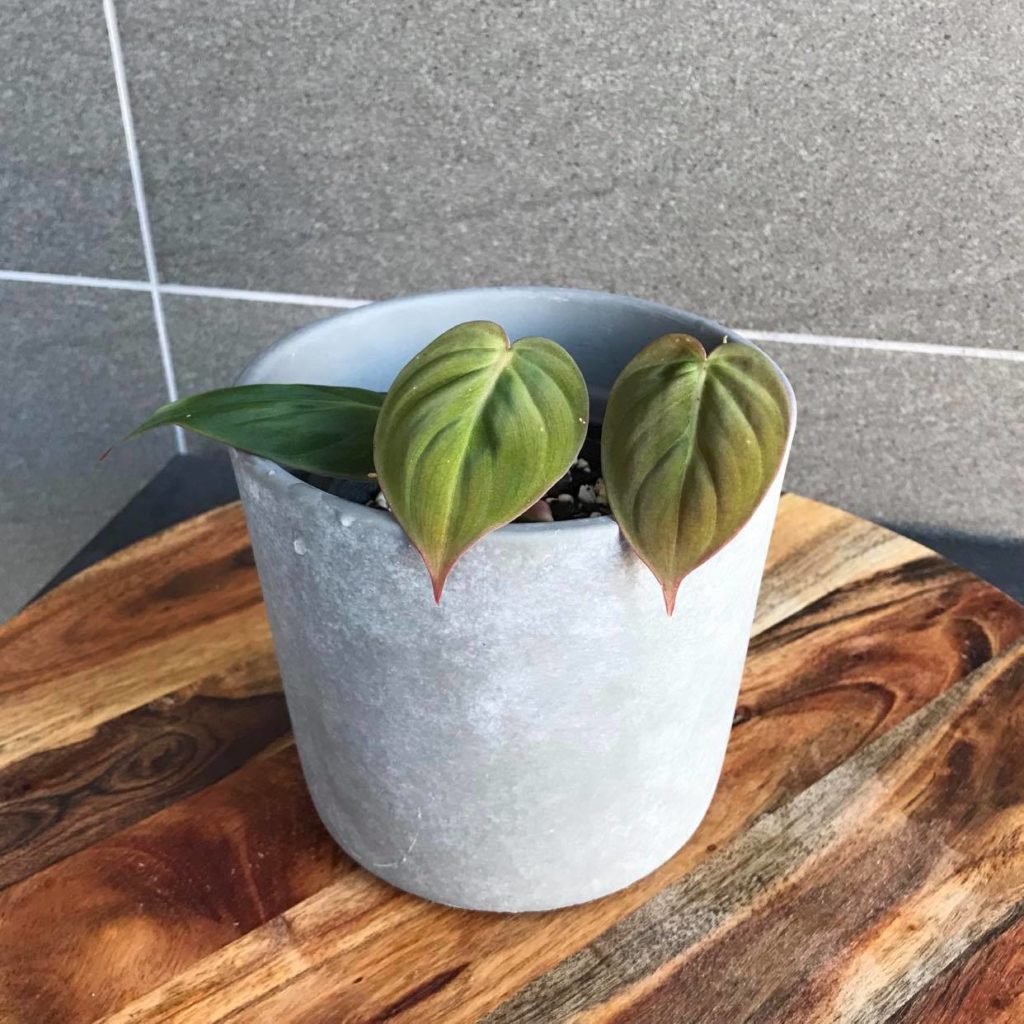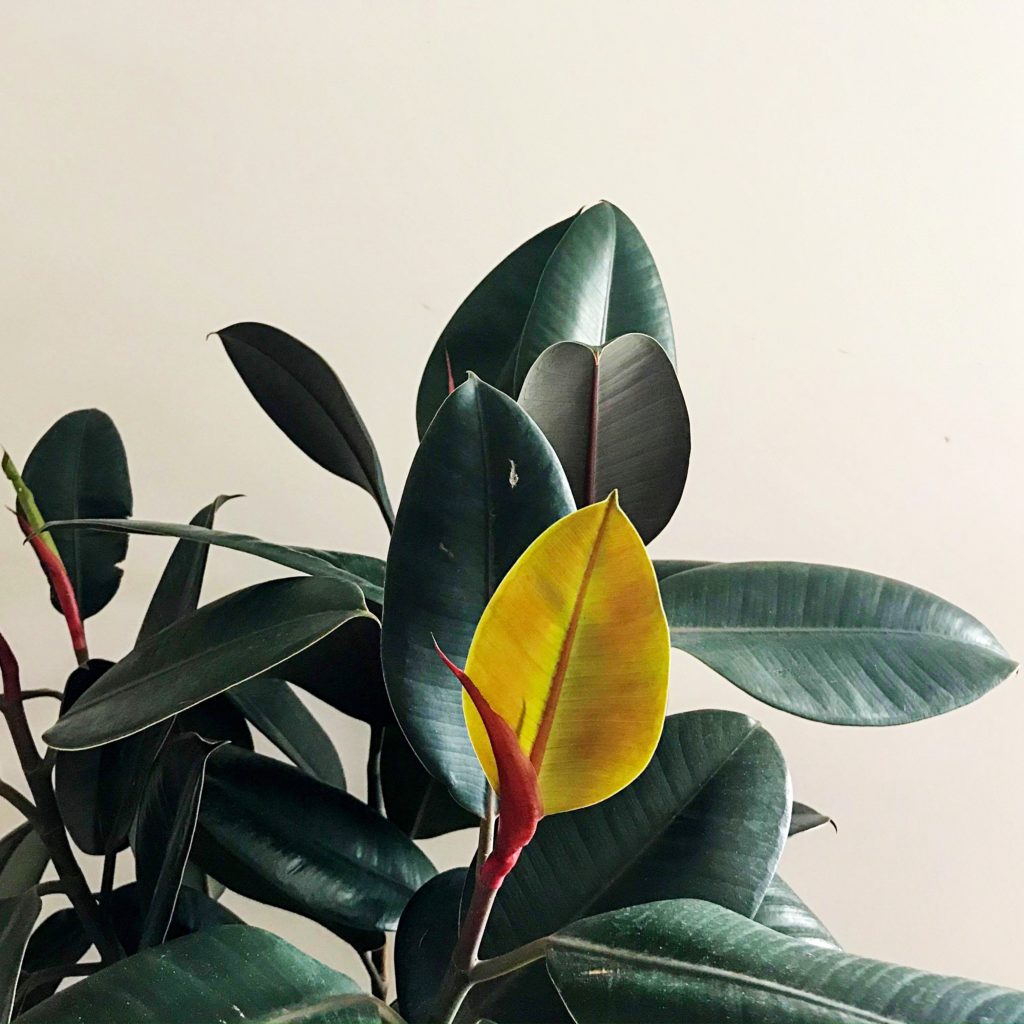If you’re a house plant lover looking to add some lush, vibrant greenery to your home, the Philodendron Micans is a great choice. With its beautiful, velvet-like leaves and easy care nature, this plant is a favorite among beginners and experienced house plant owners alike.
In this article, we’ll provide everything you need to know about caring for your Philodendron Micans, including tips on watering, lighting, and more. With the right care, this stunning plant will thrive and bring a touch of a tropical rainforest to your indoor space.
Philodendron Hederaceum aka Philodendron ‘Micans’ or Velvet Philodendron

Philodendron Micans is one of the many plants in the Araceae family. It has beautiful heart shaped leaves that feel velvety to touch. The foliage of a Philodendron Micans is a darker green colour with a purple finish but can change with different lighting conditions. You can choose to have this plant in a hanging planter or you can train it to climb up a trellis.
Philodendron Micans Quick Care Overview
| Full Size | 8-10 feet plus |
| Light | Bright indirect |
| Temperature | 60-80˚F (15-26˚C) |
| Humidity | Medium |
| Cost | $ |
| Care Level | Easy |
| Toxicity | Toxic |
Size
In the correct living conditions, the Philodendron Micans can be quite a fast grower. You can expect your plant to reach up to 3-6 metres in length. The leaves of a Philodendron Micans can grow up to to 3 inches in width and 4 inches in length.
Don’t worry if your plant outgrows its spot in your home, it can be easily propagated to create new plants.
Philodendron Micans Light Requirements
Philodendron Micans will thrive when positioned in bright indirect lighting. Although these plants can tolerate low light, the leaves will grow smaller and the plant can become long and leggy. It’s best to avoid direct harsh sunlight as this will cause the foliage to burn.
If your Micans is in a spot that receives direct sunlight, a curtain or blind can be added to the window to help defuse the harsh sun. Curling or browning of the leaves can be an indicator that your plant is receiving too much light or not enough water.
Temperature
Philodendron Micans prefer cooler temperature conditions and will grow best when kept in an area that maintains a temperature of 65-75ºF (18-23˚C). When keeping your plant outside of this temperate bracket for prolonged periods of time you can expect it to develop health issues or seize growing.
Humidity
Philodendron Micans can tolerate dry conditions so a basic household humidity will be fine. However, providing a higher humidity will encourage your plant to grow bigger and healthier foliage. If you’re wanting to increase the humidity in your home, here are a few things you try to bump up the humidity for your plants:
- Misting your plants leaves
- Pebble trays
- Humidifier
Philodendron Micans Watering Requirements
Drooping leaves can be a sign that your plant is thirsty but as a rule of thumb, you should check the top few inches of potting soil with your finger to feel if the soil is moist. If the top layer of the soil is dry, you should give your Philodendron Micans some water.
It’s important that you water thoroughly and allow the water to drain completely. Browning leaves that fall off are an indicator that you’re under-watering your Micans.
You should always check your plants before watering to avoid keeping the soil soggy and over-watering as this can lead to root-rot. Yellowing leaves can be a sign that you’ve over-watered your Micans.
Fertilizing requirements
In optimal conditions your Philodendron Micans should be fertilized monthly during spring and summer with a fertilizer that is diluted to half the recommended strength. Fertilize sparingly during fall and winter when Micans aren’t actively growing.
This will assist in keeping your plant alive as well as promote healthy growth. A sign that your plant isn’t receiving enough plant food is slow growth and smaller growth.
Soil Requirements
Philodendron micans prefer well-draining, nutrient rich soil that has a good mix of organic matter. When growing philodendron micans in a pot, it is best to use a peat-based potting mix containing perlite or other soil additives to help with drainage.
Well draining soil is important to prevent the plant from becoming waterlogged, which can lead to root rot and other problems. Additionally, philodendron micans should be fertilized regularly during the growing season to ensure that they have access to the nutrients they need to thrive, see previous section for more information.
Repotting Philodendron Micans
When repotting philodendron micans, it is important to choose a pot that is slightly larger than the plant’s current pot, giving the plant room to grow. Pots that are approximately 2-3 inches larger than the pot it was originally in are ideal.
The new pot should have drainage holes in the bottom to allow excess water to escape and help prevent waterlogging. Make sure to use a fresh potting mix when repotting your micans, as this will provide the plant with access to new nutrients it needs to thrive.
To repot, carefully remove it from its current pot, gently shake off any excess loose soil, and place it in the new pot. Fill in the pot with additional soil around the roots, and water the plant well to help it settle into its new home.
After repotting, it is best to keep the plant in a warm, bright location, but out of direct sunlight, to help it adjust to its new pot. A good time to repot your plant is at the end of winter/ the beginning of spring before they start to actively grow again.
Philodendron Micans Diseases & Pests
Like all house plants, Philodendron micans are susceptible to a range of diseases and pests. Some common issues that can affect this plant include root rot, caused by overwatering, and fungal infections, which can cause yellowing and wilting of the leaves. In addition, Philodendron micans can be prone to infestations by common houseplant pests such as spider mites and mealybugs.
To prevent these issues, it’s important to provide the plant with the right care and conditions, including proper watering and lighting, and to regularly inspect the plant for signs of pests or disease. Below is some additional information on the most common pests and diseases for Philodendron micans and how to treat them.
Root Rot
This disease is caused by overwatering and can lead to the plant’s roots becoming damaged and dying. To identify root rot, look for yellowing and wilting of the leaves, as well as a foul smell coming from the soil.
To treat root rot, remove the plant from its pot and trim away any diseased roots. Repot the plant in fresh, well-draining soil and reduce watering.
Fungal infections
Fungal infections can cause yellowing and wilting of the leaves and can be identified by the presence of fungal growth on the plant.
To treat a fungal infection, remove any infected leaves and increase air circulation around the plant. Use a fungicide according to the instructions on the product label.
Spider mites
Spider mites are small, spider-like insects that can be difficult to spot, but can be identified by the presence of fine webbing on the leaves of the plant.
To remove spider mites, use a cotton swab dipped in rubbing alcohol to remove the insects from the plant. Regularly mist the plant to help prevent infestations. Alternatively essential oils can also be used as a chemical free way to remove spider mites, make sure to read our guide for 3 essential oils to keep spider mites at bay.
Mealybugs
Mealybugs are small, white, cottony insects that can be found on the stems and leaves of the plant. Remove mealybugs with a cotton swab dipped in rubbing alcohol to remove the insects from the plant.
Regularly inspect the plant for signs of infestation and take steps to prevent future infestations. If reinfestation occurs or you are looking to prevent mealy bugs see our tips for getting rid of mealy bugs.
Toxicity
While Philodendron micans are not commonly known to be highly toxic, the plant does contain calcium oxalate crystals. These crystals cause irritation and discomfort if ingested, so it’s important to keep your micans out of reach of small children and pets. The Calcium oxalate can be found in all parts of the plant, especially the sap, make sure to use gloves when handling cuttings.
If ingested, the plant may cause some stomach upset, so it’s important to monitor your child or pet if they have come into contact with or ingest the plant. If you have any concerns, it’s always best to consult with a veterinarian or medical professional.



